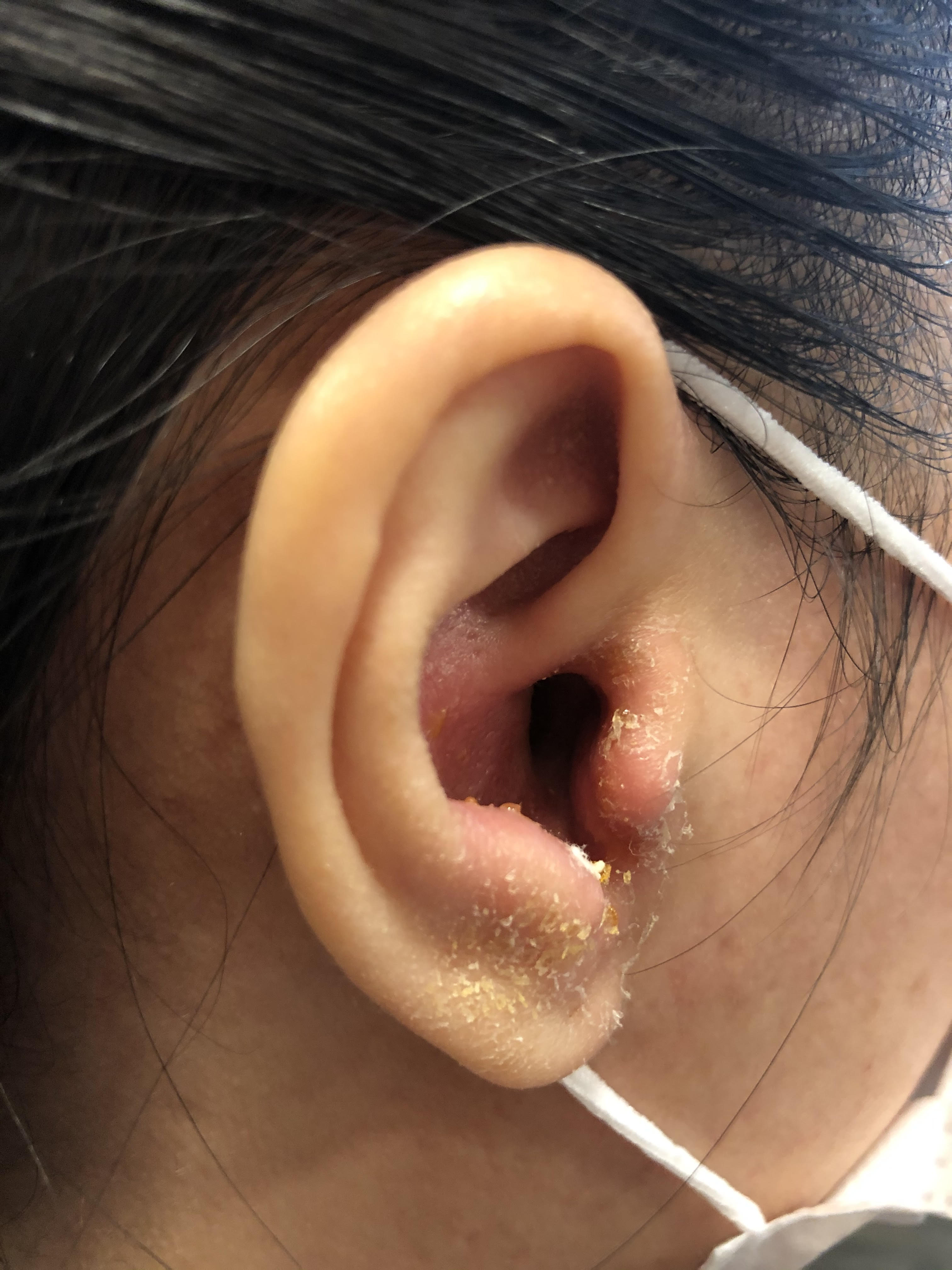Where is the middle ear? 511
by Admin
Posted on 24-10-2022 08:04 AM

Earaches and
ear
infections can have a variety of causes—viral, bacterial and fungal—and can affect different parts of the ear. Common infections include inner ear, middle ear and outer ear infections (or what is commonly known as “swimmer’s ear). Ear infections also can be caused by scratching the ear canal when cleaning their ear, especially if a cotton-tipped applicator or dangerously sharp small object, such as a hair clip, is used. In other cases, a middle ear infection can cause an external infection to develop through the draining of pus into the ear canal through a hole in the eardrum.

Outer ear (otitis externa): affecting the part of your ear that’s visible on your head and stopping at the ear canal. Usually caused by bacteria or fungus entering the skin lining. Middle ear (otitis media): undoubtedly the most common ear infection type, especially in children. Infection or inflammation behind the eardrum is most likely to blame for this condition, which can also bring on fever. Known to develop after colds, so be sure to pay close attention to your hearing health following on from bouts of sickness. Inner ear infection ( labyrinthitis ): the rarest ear infection, affecting the inner mechanisms of the ear, which deal with balance and hearing.
Your child may have many symptoms during an ear infection. Talk with your pediatrician about the best way to treat your child's symptoms. Pain. The most common symptom of an ear infection is pain. Older children can tell you that their ears hurt. Younger children may only seem irritable and cry. You may notice this more during feedings because sucking and swallowing may cause painful pressure changes in the middle ear. Loss of appetite. Your child may have less of an appetite because of the ear pain. Trouble sleeping. Your child may have trouble sleeping because of the ear pain.
Acute otitis media is inflammation in the middle ear associated with effusion and accompanied by an ear infection. Acute otitis media is commonly seen in children and is generally caused by viruses (respiratory syncytial virus, rhinovirus, adenovirus, influenza virus, and parainfluenza virus) or bacteria (haemophilus influenzae, streptococcus pneumoniae, streptococcus pyogenes, and moraxella catarrhalis); both virus and bacteria often co-exist. For further information, see acute otitis media in ear.
Who is most likely to get an ear infection (otitis media)?
Inflammation or infection of the middle ear occurs when the eustachian tube to that ear is blocked. The eustachian tube is the passage from the back of the nose to the space behind the ear drum. Chronic otitis media occurs when the eustachian tube becomes blocked repeatedly (or remains blocked for long periods) due to allergies, multiple infections, ear trauma or swelling of the adenoids. Bacteria from the back of the nose (nasopharynx) will go through the eustachian tube and cause an infection in the space behind the ear drum (middle ear).
 When the middle ear is acutely infected with bacteria (or occasionally, viruses) it is called acute otitis media.
When the middle ear is acutely infected with bacteria (or occasionally, viruses) it is called acute otitis media.
Ear infections happen when there is inflammation— usually from trapped bacteria—in the middle ear, the part of the ear connects to the back of the nose and throat. The most common type of ear infection is otitis media , which results when fluid builds up behind the eardrum and parts of the middle ear become infected and swollen. If your child has a sore throat, cold, or an upper respiratory infection, bacteria can spread to the middle ear through the eustachian tubes (the channels that connect the middle ear to the throat). In response to the infection, fluid builds up behind the eardrum.